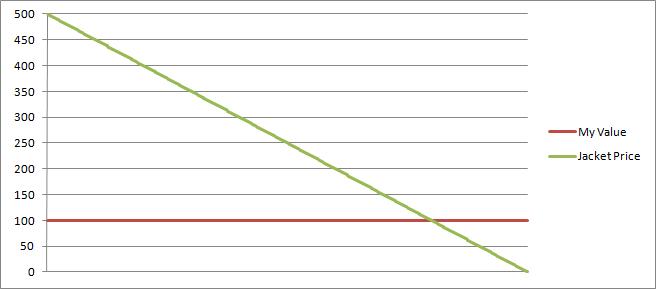Being thrust into the social media revolution as a marketing professional, I was almost immediately confronted with the idea of the personal brand, the notion that you need to use these sites to brand yourself in a certain way so that you’re noticed for job opportunities, consultant work, or anything of that sort. Over the past two years I’ve come into a lot of contact with personal brands, and not only do I think people are misusing this concept, I think people are becoming less social because of it.
The first thing I’ve noticed is that everyone seems to think personal branding is about them being the next star. When we opened up our Community Manager position for example, we had a bunch of candidates apply that had thousands of followers on their Twitter accounts. We didn’t hire them. It was obvious they were good at representing and promoting themselves, but it didn’t show us at all how good they would be about representing and promoting us as a company. We hired someone who didn’t have a thousand followers, but who showed us that she could do what we want for the company. When you are trying to be a star, you are not going to spend the same amount of energy making the company you work for a star. If you’re a marketing professional, personal branding shouldn’t be about you, but about what you can do for a company looking to hire you, or a potential client looking to solicit your services.
The second thing I’ve noticed is the focus on the personal brand means that everyone has created their own brand, and is doing their own thing. Everyone is a consultant for their own company. Everyone has their own website, or their own blog, or their own startup project. People are more connected than ever on these social networks, but none of them are working together on anything. They’re all just working on their own personal brands and their own projects. Personal branding seems to have made everyone so selfish that no one is collaborating anymore, and because of it, no one is being successful. Ideas are brought to life when people work together to make them happen. Successful companies don’t run with just one employee.
Look at your personal brand. Does it say how you can help others? Does it say that you can be a team player?
